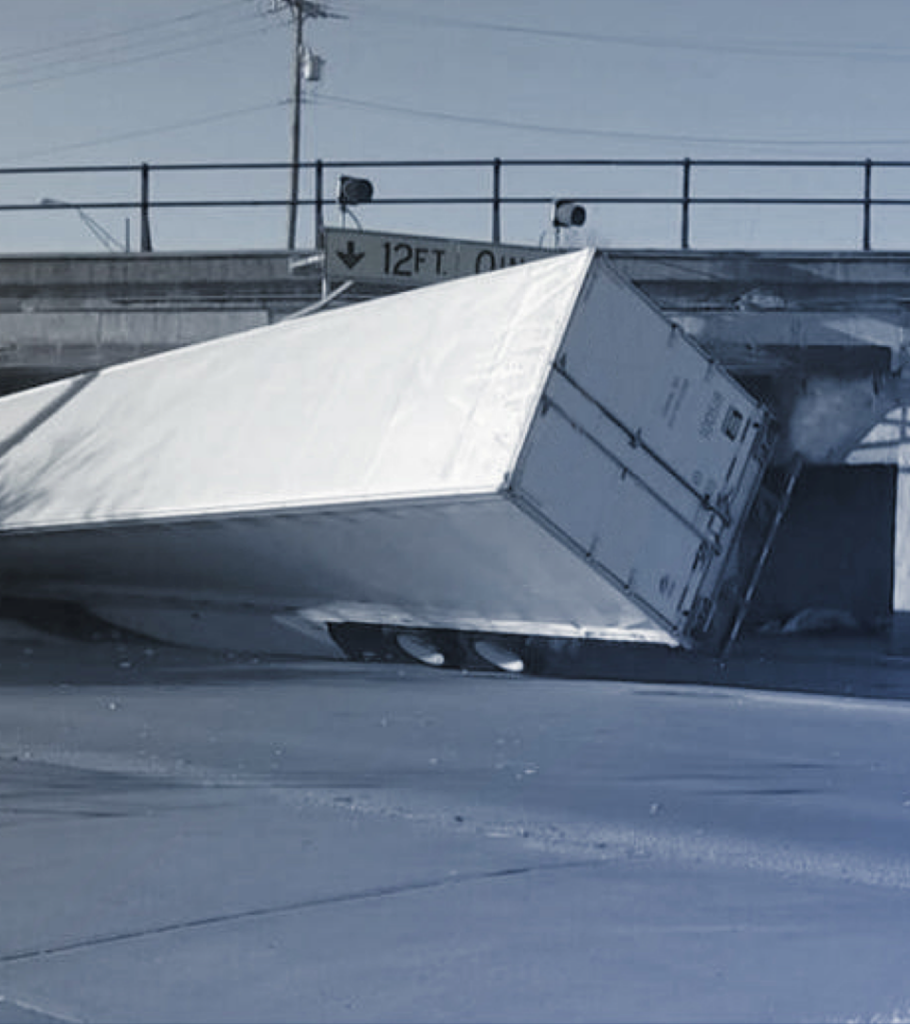E-Smart’s low bridge collision prevention shows results
E-Smart announced two carriers, Arnold Transportation Services and Navajo Express, reported a 100% reduction in bridge strikes using its low bridge collision prevention technology.
The E-Smart low bridge collision prevention system uses geofenced data on all bridges in North America and GPS to identify when a tractor is on a road with a bridge that is under 13 ft., 6 in.
When a vehicle is within 750 ft. of a low bridge, the system sends a voice alert to the driver through partner ELD providers, alerts the fleet manager and limits the throttle to idle, giving the driver the option to coast to a stop or divert off the road. If the driver continues to within 250 ft. of a low bridge, the throttle is disabled (brakes are not applied under any scenario).

Even if the bridge is at the bottom of a hill, E-Smart prevents drivers from using the throttle while driving close to the bridge, but the driver would need to apply the brakes to stop the truck, said Joe Thell, E-Smart’s senior vice-president, in a news release.
“The savings from eliminating bridge strikes by identifying low clearance bridges and providing real-time alerts to drivers are adding up quickly,” he added.
After experiencing bridge strikes costing about $6,000 each, Arnold Transportation reports it has had a 100% reduction in low bridge collisions since installing E-Smart across its entire fleet.
According to the release, prior to using E-smart, Navajo Express experienced an average of six bridge strikes per year at an average cost of $18,277. In three years, the company has had a 100% reduction in low bridge collisions resulting in an overall savings of $328,986.
Have your say
This is a moderated forum. Comments will no longer be published unless they are accompanied by a first and last name and a verifiable email address. (Today's Trucking will not publish or share the email address.) Profane language and content deemed to be libelous, racist, or threatening in nature will not be published under any circumstances.